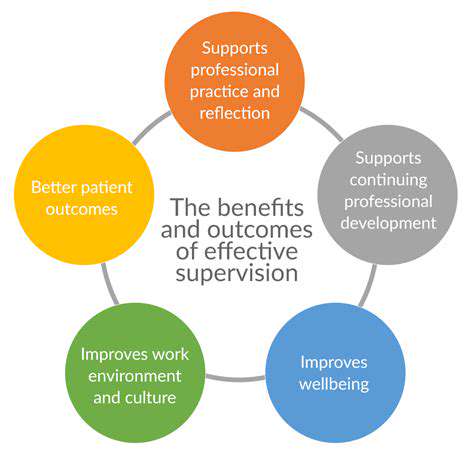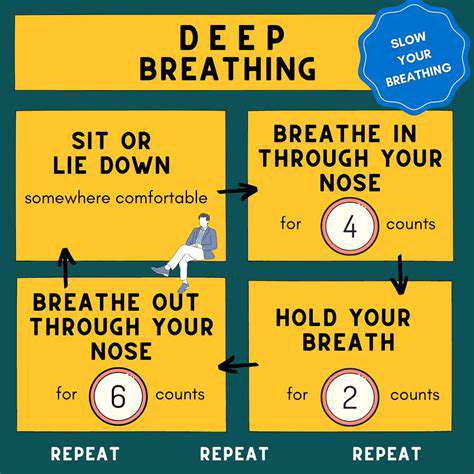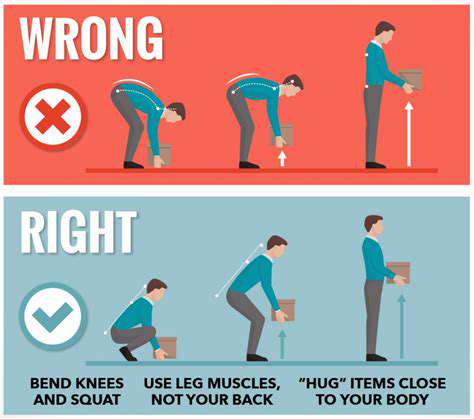Improve Your Range of Motion: Gentle Stretching for Seniors
Creating a Consistent Stretching Routine

Warm-up Stretches
Before embarking on any stretching routine, it's crucial to prepare your muscles for the activity. A proper warm-up, which typically involves light cardio and dynamic stretches, helps increase blood flow to the muscles and prepares them for the more intense static stretching that follows. This gradual increase in blood flow helps to prevent injuries and enhances the effectiveness of your stretching session. Failing to warm up adequately can increase the risk of muscle strains and tears. A five- to ten-minute warm-up is usually sufficient, but the duration may vary depending on your fitness level and the intensity of your stretching routine.
Dynamic stretches involve controlled movements that gradually increase the range of motion in your joints. Examples include arm circles, leg swings, and torso twists. These movements improve flexibility and prepare your muscles for the static stretches that will follow. Performing dynamic stretches before a workout is a crucial part of injury prevention.
Static Stretching Techniques
Static stretching involves holding a stretch for a period of time, typically 15 to 30 seconds. This allows your muscles to lengthen gradually and improve flexibility. It's essential to focus on maintaining good posture and avoiding bouncing, as this can lead to injury. Holding each stretch for the recommended time frame is key for optimal results.
When performing static stretches, focus on the target muscle group, and feel the stretch. Avoid forcing the stretch beyond your comfort zone. Proper breathing techniques can also enhance the effectiveness of your stretching session, reducing stress and tension on your muscles.
Cool-down Stretches
Following your workout, a cool-down period is just as important as the warm-up. Cool-down stretches help to gradually reduce your heart rate and blood flow, allowing your muscles to return to their normal state. This process helps prevent muscle soreness and stiffness. Static stretches are ideal for cool-down, targeting the same muscle groups you worked during your workout. Holding each stretch for 20-30 seconds is a good guideline.
By incorporating cool-down stretches into your routine, you're promoting recovery and reducing the risk of delayed-onset muscle soreness (DOMS). This improves your overall recovery and sets you up for a more effective workout the following session. This is a vital part of the entire stretching process.
Important Considerations for Stretching
Consistency is key when it comes to stretching. Regular stretching, even for short periods, can significantly improve your flexibility and range of motion over time. Incorporating stretching into your daily routine, whether it's before or after exercise, is a significant step towards a healthier lifestyle. Prioritize listening to your body during the stretching process, and don't push yourself too hard, especially when starting out. Gradually increase the duration and intensity of your stretches as your flexibility improves.
Proper form is essential to avoid injuries. Consult with a physical therapist or certified personal trainer if you have any concerns about your technique or specific needs. Understanding the proper form for each stretch is critical to prevent potential harm. Ensure you're performing the stretches correctly, and if you're unsure, consult a professional.












